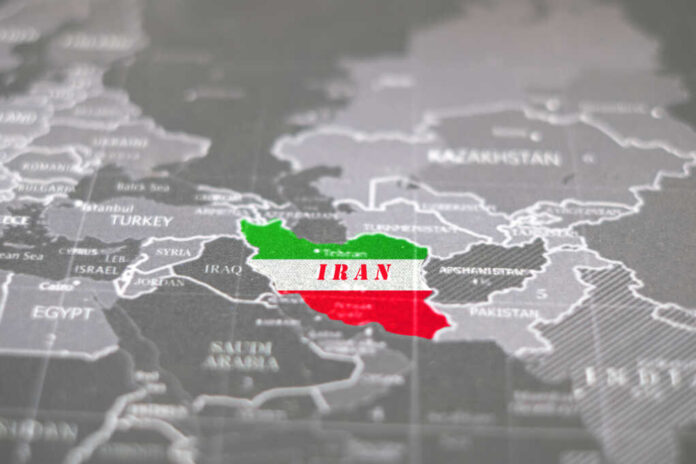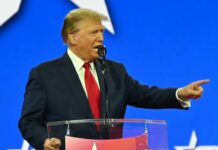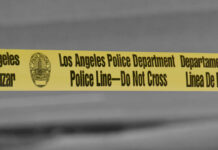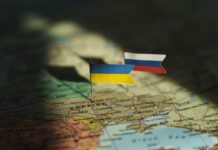
Iran’s secretly hidden nuclear traces at multiple sites have sparked a fallout extending from non-compliance accusations to renewed diplomatic deadlock.
At a Glance
- The IAEA found undeclared uranium work at three sites—Lavisan-Shian, Varamin, and Turquzabad—linked to a structured program until the early 2000s
- Inspectors discovered man-made uranium particles at Varamin, Marivan, and Turquzabad during visits in 2019–2020
- Iran’s stockpile of uranium enriched to about 60% purity reached roughly 408.6 kg by May 17, enough for several nuclear weapons if further refined
- IAEA Director Rafael Grossi emphasized Iran’s acquisition of confidential agency documents was “bad” and shows a cooperation breakdown
- Western powers plan to push the IAEA Board to declare Iran in breach of non-proliferation obligations and possibly refer the case to the UN Security Council
Hidden Sites and Uranium Traces
According to a confidential IAEA report, Iran conducted undeclared nuclear activities up to the early 2000s at three previously unknown sites: Lavisan-Shian, Varamin, and Turquzabad. Inspectors uncovered man-made uranium traces during 2019–2020 site visits, which suggest prior nuclear material handling. At Lavisan-Shian, evidence includes uranium-metal discs tied to neutron-source experiments, indicating weapons research.
Despite Iran demolishing one of the sites in 2003, physical evidence and satellite imagery point to a coordinated covert program that contradicts Tehran’s claims of peaceful nuclear intentions.
Escalating Tensions Amid Stalled Diplomacy
In parallel with these findings, the IAEA reported a surge in Iran’s 60%-enriched uranium, reaching approximately 408.6 kg by mid-May—an amount that, if further refined, could produce several nuclear weapons. This development has alarmed Western officials and regional powers alike, as it signals the closest approach yet by a non-nuclear weapon state to weapons-grade capability.
Watch a report: IAEA chief: Iran hid nukes at 3 sites, amassed weapons-grade uranium.
IAEA Director Rafael Grossi criticized Iran’s handling of sensitive agency information, calling it “bad,” and underlining a breakdown in transparency. In response, the U.S., U.K., France, and Germany are expected to propose a resolution at the upcoming IAEA Board of Governors meeting, potentially setting the stage for UN Security Council involvement.
Risk of Confrontation or Return to Diplomacy
These revelations present a dual challenge: restoring robust monitoring mechanisms while navigating deeply fractured diplomacy. Grossi and several Western leaders have insisted that any future nuclear deal with Iran must incorporate uncompromised inspections and transparent reporting mechanisms. However, Iran continues to deny all allegations of clandestine nuclear activity and reaffirms the peaceful nature of its program.
Should the IAEA Board declare Iran non-compliant, it may trigger sanctions snapbacks or UN action, escalating tensions further. Analysts warn that, absent a diplomatic breakthrough, the risk of preemptive military action by Israel or the U.S. could grow—particularly if Tehran appears poised to reach a “breakout” nuclear capability. The next steps hinge on whether Iran concedes to international demands or doubles down on its current trajectory.





























